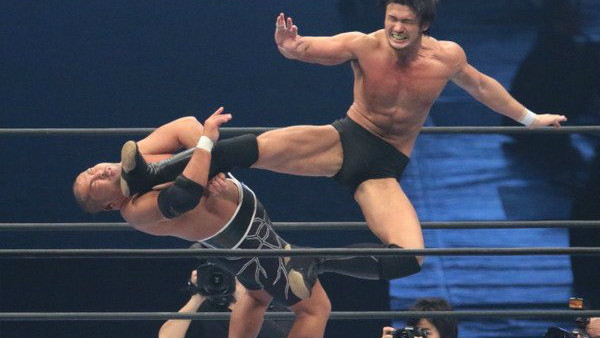
Strong Style is the most common type of professional wrestling. It came from a disagreement in approach between the wrestlers Antonio Inoki and Shohei Baba. Inoki founded New Japan Pro Wrestling, which focused on what came to be called Strong Style. Baba founded All Japan Pro Wrestling with its focus on what came to be called King’s Road.
Baba and Inoki were students of Rikidozan, the father of Japanese professional wrestling. The split in styles originated from Rikidozan’s mix of styles from his sumo training and his experience with American professional wrestling (Nakamichi, 2019).
While King’s Road is still around, Inoki’s Strong Style became the most popular of the two styles. Strong Style modeled after American professional wrestling with its exaggerated costumes and personalities along with strong and loud hits. But it also adds in martial art techniques and other high-flying moves (Muscle and Fitness, n.d). King’s Road, on the other hand, focused on technique and longer matches. Of the two, Strong Style proved to be the less risky. King’s Road’s marathon matches and increasingly dangerous finisher moves put the wrestlers at risk for injuries and even death (Lindsay, 2016).
Strong Style plans competitions and seeks to tell a dramatic story. Professional wresting, after all, is simulated fighting and spectacle. That doesn’t mean people do not get hurt.
Inoki liked to fight with marital artists, including Muhammad Ali, and Strong Style developed to represent this. It combined martial arts with British-style brawling to make matches look (and sound) as real as possible (History, 2018). The blend of skill and dramatic moves made the matches exciting. Strong Style also offered more of a shoot style; that is, unscripted events in otherwise scripted matches. The style also included more submission holds and wins than King’s Road. This came from the wrestler Karl Gotch and the folding of Judo, Karate, and Muay Thai into the style (History, 2018). In fact, Inoki’s Strong Style could be seen as a precursor to MMA, mixed martial arts, fights. Despite the mix of martial arts, the focus on spectacle and, later, submissions kept the style from progressing to ever more dangerous finisher moves as King’s Road had to do (Strong Style, 2008).
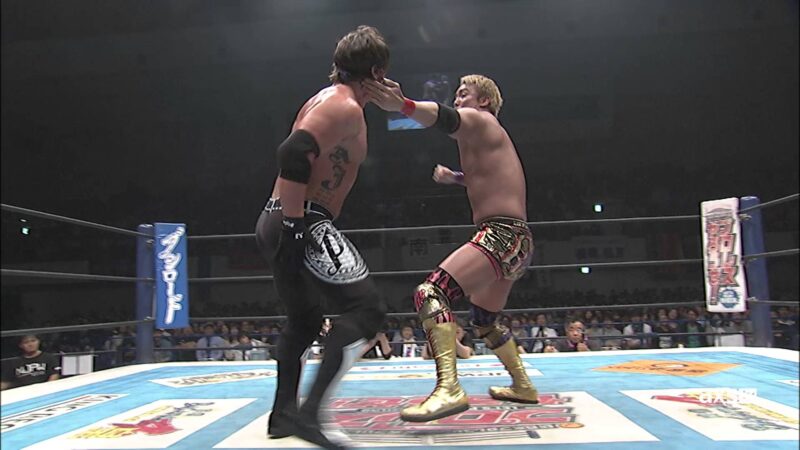
As King’s Road faded in popularity, Strong Style increased after entertainment company Bushiroad purchased New Japan Pro-Wrestling around 2012. The company wanted to ride on the tails of anime’s popularity in the West by streaming matches to English-speaking countries, putting it in competition with World Wrestling Entertainment. The company had focused on trading cards and anime characters before then, but the CEO Yoshitaka Hashimnoto saw the growing popularity of Japanese professional wrestling. In fact, 4 in 10 New Japan Pro-Wrestling fans were women (Nakamichi, 2019).
NJPW has long offered a threat to American wrestling companies. Inoki had once wrestled WWE’s Hulk Hogan, and the company had WWE offer contracts to some of their most talented wrestlers, such as AJ Styles (Muscle and Fitness, n.d.). Streaming matches offers a chance for professional wrestling to reach lapsed or new audiences. Unlike WWE, NJPW (acronym soup!) focuses on match drama instead of backstage drama. Basically, it offers a throwback to the older days of wrestling before the backstage drama overshadowed the fights.
NJPW’s similarities with American professional wrestling makes it more accessible than the slower-paced, technical King’s Road Style. As I write this article, I realize how Strong Style is also simpler than King’s Road, adding to its accessibility. After all, people watch professional wrestling to be entertained and cheer for their favorite personalities.
I grew up on American pro-wrestling, watching the likes of Macho Man, Hulk Hogan, The Ultimate Warrior, and Hacksaw Jim Duggan. Over the years, the changes to pro-wrestling, such as the Attitude Era of WWE, turned me off to it. However, NJPW appeals to me because of its modern take on traditional fun. Back when I was a kid, pro-wrestling was considered fairly wholesome. Sure, they fought, but this was the age before hardcore matches, foul language, and other immaturity. What I’ve seen of NJPW hearkens back to the pro-wrestling I grew up with, including the over-the-top expressions when the wrestler loses and other fun. You don’t need to know Japanese to enjoy watching.
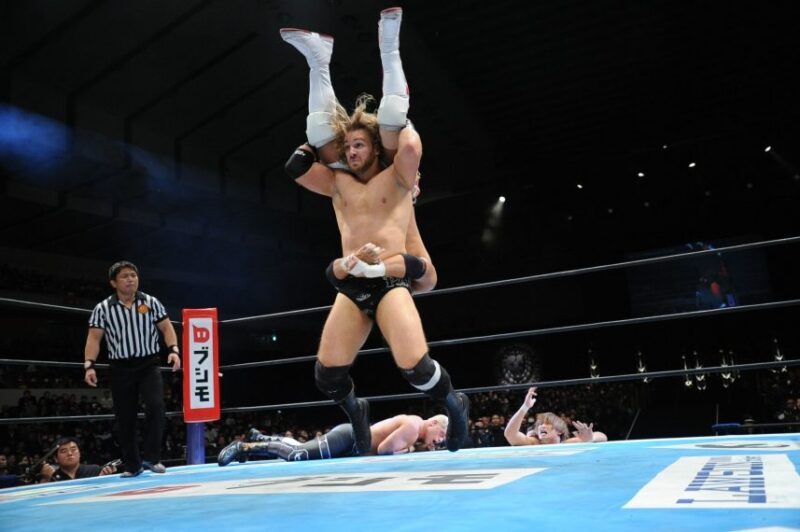
I’m pleased that pro-wrestling, old-school pro-wrestling, seems to be returning. Sure, it’s cheesy and over-the-top and goofy, but it’s also fun. Japanese pro-wrestling has the potential to become another mainstream cultural export to the West with wider reach and appeal than anime and manga. Physical events like pro-wrestling translate easier across cultures than more cultural-bound stories like we see in anime and manga. The barrier to entry is lower to pro-wrestling. There’s no need to learn how to read panels right-to-left or deal with the self-referencing stories we see in anime. The Western influence on NJPW also makes it more familiar, along with the fact many of its wrestlers have become familiar faces in the US. It is possible that if Strong Style becomes popular, we will see an increase in demand for other Japanese cultural exports if with a modern twist to make them more accessible. We could even see another wave of interest in anime and manga.
References
History of King’s Road Style. YouTube: Dave Knows Wrestling. Posted December 26, 2018. Accessed May 17, 2020. https://youtu.be/k2FpNXx1dyM
History of Strong Style Wrestling (2018) YouTube:Dave Knows Wrestling. Accessed May 17, 2020.https://www.youtube.com/watch?v=BqFAy3-4yI0
Lindsay, Mat (2016) King’s Road: The Rise and Fall of All Japan Pro Wrestling. Vulturehound. https://vulturehound.co.uk/2016/08/kings-road-the-rise-and-fall-of-all-japan-pro-wrestling-part-1/
Muscle and Fitness (n.d.) Your Guide to New Japan Pro Wrestling https://www.muscleandfitness.com/athletes-celebrities/news/your-guide-new-japan-pro-wrestling/
Nakamichi, Takashi, and others (2019) Japan’s Next Cultural Export After Anime Might Be Pro-Wrestling. Bloomberg: Business Source Premier.
Strong Style v. King’s Road (2008) Pro Wrestling Mayhem http://mayhem-the-mutilator.blogspot.com/2008/12/stron-style-v-kings-road.html.
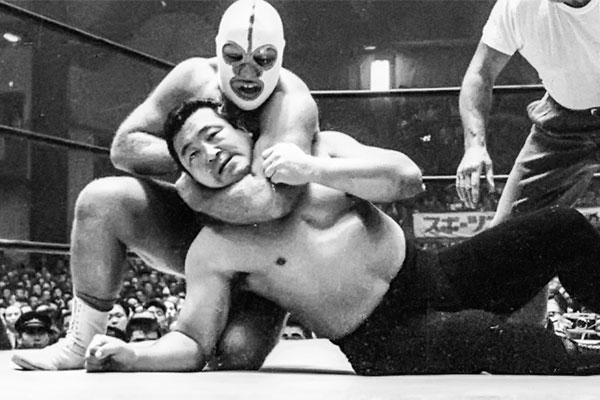
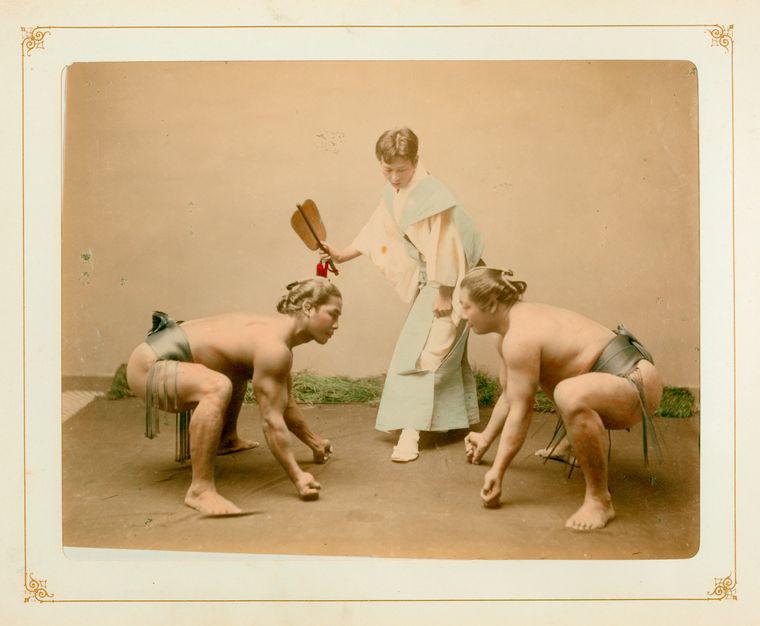
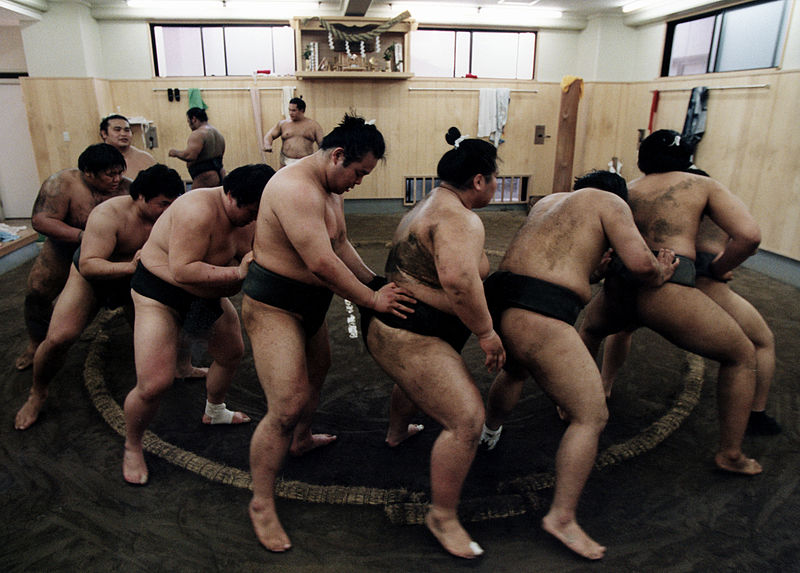
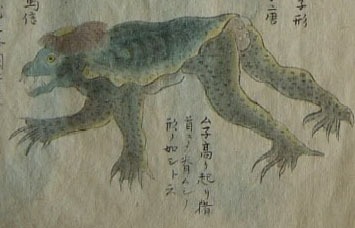
I was wondering if you’re interested in AEW – which a LOT of fans like right now and an organization that NJPW is currently working with. There’s also a big connection between pro wrestling consumption (all companies) and anime consumption at times.
I’ve seen many anime fans with wrestling t-shirts in all the conventions I’ve gone to.
I haven’t watched either of them beyond a few clips and matches, but I did enjoy what I’ve seen. They have a nice, old-school feel to them. I’m nostalgic for the innocent days of Hulk-a-mania before edginess took over. The overlap you mention makes sense. A lot of shonen anime makes me think of pro-wrestling with the over-the-top drama and hamming they share.
WWE is supposedly working with Crunchyroll too on a future anime project as well. I know NJPW is still trying hard to find its place here in America and there’s hoping US feds like AEW give them much-needed exposure.
There’s a lot of similarities between shonen anime and pro wrestling, especially with the over-the-top drama.